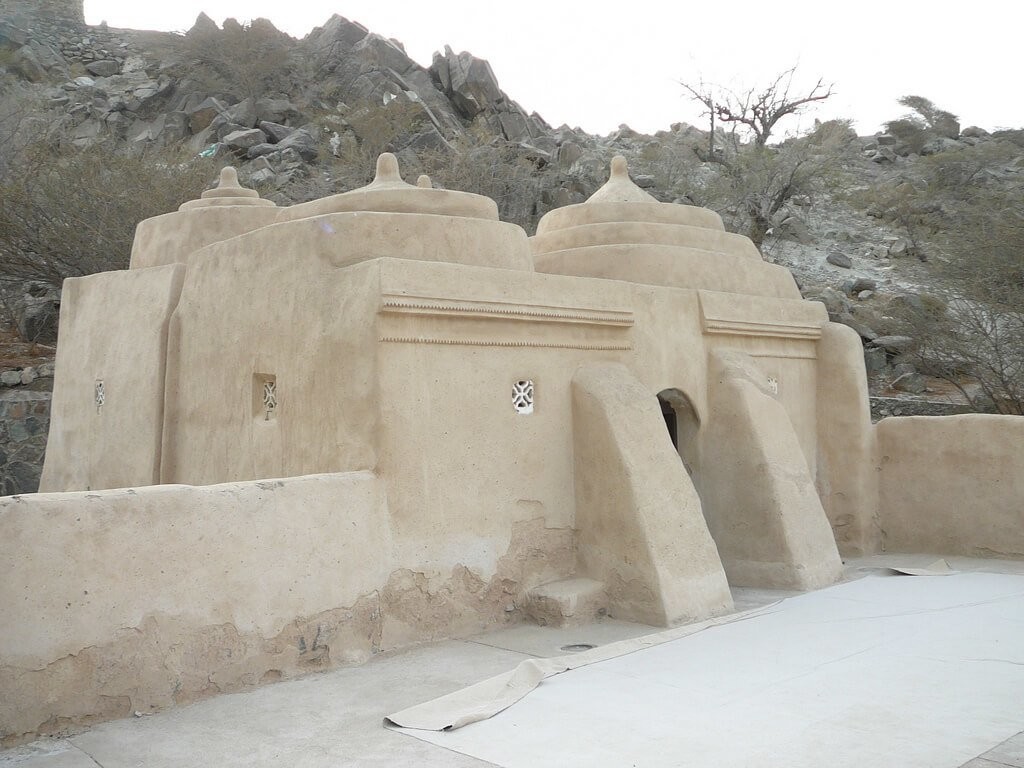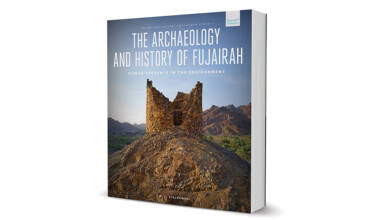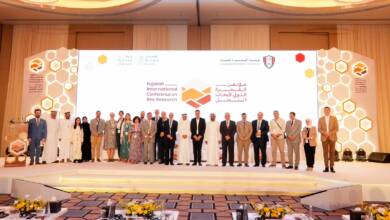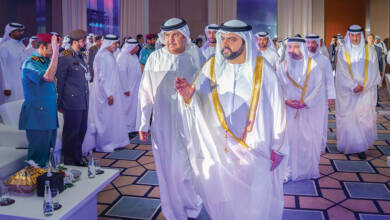Al-Bidya Mosque: a living history
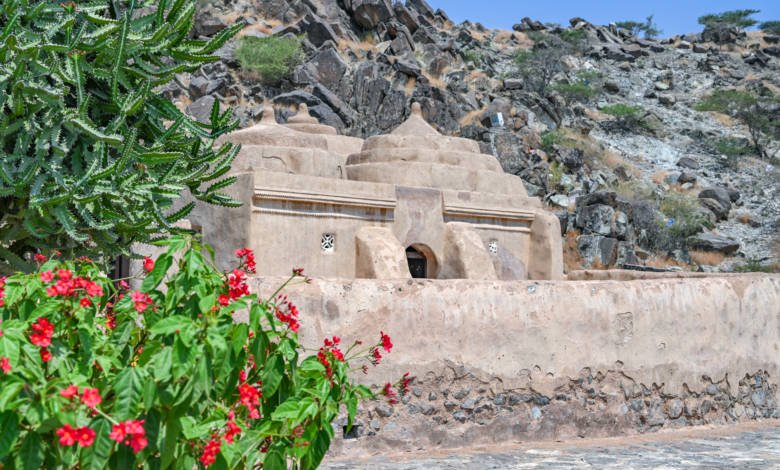
Standing beside a well-troden tourist route is one of the UAE’s most underrated, yet truly inspirational historical sites.
Al-Bidya mosque has been dated to approximately 1446 A.D., to an early Othman period, making it one of the oldest mosque in the country.
It is located on the Fujairah-Dibba road, nearly half way between the popular East Coast tourist spots of Khorfakkan and Al-Aqah.
A rare example in the Gulf, buildings-similar in architecture and roughly from the same period exist in Qatar, Yemen and Oman.
The simple, seven-square-meter structure was built using local mountainous material of stone and mud-bricks and coated in layers of whitewashed plaster.
The mosque has a distinctive structure and roof, which consit of four pointed domes supported by an internal central pillar.
Inside, a number of small decorative windows provide the mosque with light and air. Also, there are cube-shaped spaces carved into thee thick walls where copies of the Qur’an and other books can be stored.
The mosque has a small Mehraab (a space where the call to prayer is made) and Menber (a pulpit from which the Friday sermon is delivered).
Renovation
The building was given an extensive and archaeological sensitive renovation in 2001-2002 through a joint effort by Dubai Municipality and the Fujairah Government’s Department of heritage and Archaeology.
Badriya Mohammad Abdullah is the official tour guide at the historical site, and she says the renovation process has returned the mosque closer to its true origins. She said: “Throughout the building’s history, local people have made several renovations stripped away all that added material and reconstructed the building using the same original material.”
Badriya, originally a sociology graduate, says she fell into the tour guide job by accident but now feels inspired and motivated to learn more about the history of the mosque and the area in general.
She said: “I’ve completed a course in which I learnt new things about the renovation process of 2001-2002, including the detailed archaeology survey of the site and what that revealed and I feel there is more to learn.”
Inspired
Judging by some of the entries in the guest book, visitors of all backgrounds appear to be deeply impressed by what they have experienced.
Some use terms such as ‘divine’, a ‘historical miracle’ and ‘an experience of a lifetime’.
A new protocol was introduced 3 years ago to stop tourists curiosities from impeding the practical and spiritual, day-to-day use of the mosque by making the inside of the mosque out of bounds to non-worshipers.
However, out of prayer times it is possible to ask the resident Imam (leader of prayer) for permission to take a peak inside, and as with any place of worship, visitors are required to respect the modest dress code.
Worshipers, of what remains a fully functioning mosque, felt uncomfortable with tourists barging in as they tried to perform their prayers.
A compromise was introduced to keep the mosque a place of quite meditation and reflection while allowing the tourist a free run around the site.
Visitors to the site can also experience the two watch towers thought to be from the Portuguese colonial era, they were built by the Europeans to help them control and watch over their trade routes.
The two towers were built on high ground for optimum effect and the results are spectacular panoramic views of surrounding mountains, farms and the open blue sea; a perfect photo opportunity.
The structures themselves are quite small in size, not surprising given their initial purpose, but the short steep climb up to explore them is well worth your time and effort.
Fuad Mohammed Ali


